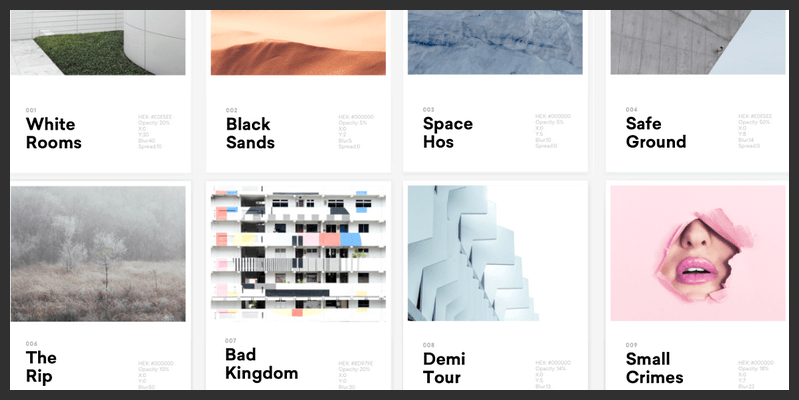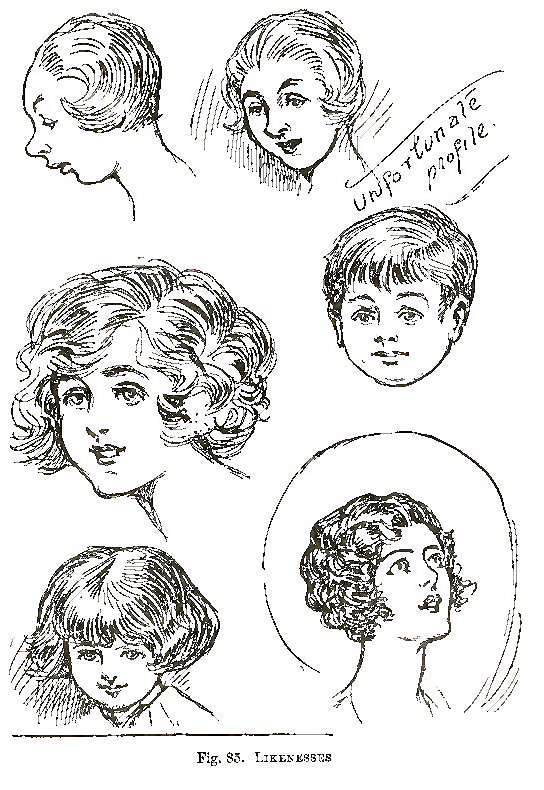
- Drawing Shadows On Objects
- Shadow Sketches Images
- Shadow Sketch Vases
- Sketchup Shadow Settings
- Shadow Sketchup
- #any body want his drawing can contact me with this no I draw sketches so you can message me or call me on my number.
- Shadow fonts usually have letters that are raised above the page and a silhouette or drop-shadow is behind them. Drop shadow letters can make text easier to read if.
- Use your pencil to add shadows on the circles. Draw harder or darker lines on the circles to show the shadows. The shadows are the shades within clear boundaries or the subject that receive no or little light. Use hatching or crosshatching while trying to show the shades.

To draw a shadow, first you need to decide where the light in your drawing is coming from. For example, if you're drawing a vase next to a window, the light would probably be coming from outside of the window.
(PDF) (arXiv) (code) (data) (brushes) (trained models)
Figure 1: SHAD3S : a Model for Sketch, Shade and Shadow — is a completion framework that provides realistic hatching for an input line drawn sketch that is consistent with the underlying 3D and a user specified illumination. The figure above shows choice of illumination conditions on the top row, user sketches in the middle row, and the completion suggestions by our system. Note that the wide variety of shapes drawn by the user, as well as the wide varied to brush styles used by the user were not available in the training set.
Drawing Shadows On Objects
Shadow Sketches Images

Hatching is a common method used byartists to accentuate the third dimension of asketch, and to illuminate the scene. Our systemattempts to compete with a human at hatching genericthree-dimensional (3d) shapes, and alsotries to assist her in a form explorationexercise. The novelty of our approach lies in thefact that we make no assumptions about the inputother than that it represents a 3d shape,and yet, given a contextual information ofillumination and texture, we synthesise an accuratehatch pattern over the sketch, without access to3d or pseudo 3d. In the process,we contribute towards a) a cheap yet effective methodto synthesise a sufficiently large high fidelitydataset, pertinent to task; b) creating a pipelinewith conditional generative adversarial network(cgan); and c) creating an interactiveutility with gimp, that is a tool forartists to engage with automated hatching or aform-exploration exercise. User evaluation of thetool suggests that the model performance doesgeneralise satisfactorily over diverse input, both interms of style as well as shape. A simple comparisonof inception scores suggest that the generateddistribution is as diverse as the ground truth.
We use the cganframework, to pose this as a problem of learning thedistribution of pixel responses conditioned on itsneighbourhood patch within multiple modalities ofinput, namely the contour, illumination and textures.
Figure 2: The overview of the our framework. Clockwise from top. Illustration of structure of gan detailing injection of data from different modalities into the cgan framework; Further detailed view of direct model; Coarse sketch of a split model; Analogous sketch of a direct model.

Shadow Sketch Vases
We introduce the shad3s dataset,that for a given contour representation of a mesh,under a given illumination condition, provides theillumination masks on the object, a shadow mask onthe ground, its diffuse and sketch renders.
Figure 3: Few examples from the dataset. Columns left to right. cnt: Contour; ill: Illumination; hi: Highlight mask; mid: Midtone mask; sha: Shade mask (on object); shw: Shadow mask; sk: Sketch render; dif: Diffuse render.
Sketchup Shadow Settings

- Drawing Shadows On Objects
- Shadow Sketches Images
- Shadow Sketch Vases
- Sketchup Shadow Settings
- Shadow Sketchup
- #any body want his drawing can contact me with this no I draw sketches so you can message me or call me on my number.
- Shadow fonts usually have letters that are raised above the page and a silhouette or drop-shadow is behind them. Drop shadow letters can make text easier to read if.
- Use your pencil to add shadows on the circles. Draw harder or darker lines on the circles to show the shadows. The shadows are the shades within clear boundaries or the subject that receive no or little light. Use hatching or crosshatching while trying to show the shades.
To draw a shadow, first you need to decide where the light in your drawing is coming from. For example, if you're drawing a vase next to a window, the light would probably be coming from outside of the window.
(PDF) (arXiv) (code) (data) (brushes) (trained models)
Figure 1: SHAD3S : a Model for Sketch, Shade and Shadow — is a completion framework that provides realistic hatching for an input line drawn sketch that is consistent with the underlying 3D and a user specified illumination. The figure above shows choice of illumination conditions on the top row, user sketches in the middle row, and the completion suggestions by our system. Note that the wide variety of shapes drawn by the user, as well as the wide varied to brush styles used by the user were not available in the training set.
Drawing Shadows On Objects
Shadow Sketches Images
Hatching is a common method used byartists to accentuate the third dimension of asketch, and to illuminate the scene. Our systemattempts to compete with a human at hatching genericthree-dimensional (3d) shapes, and alsotries to assist her in a form explorationexercise. The novelty of our approach lies in thefact that we make no assumptions about the inputother than that it represents a 3d shape,and yet, given a contextual information ofillumination and texture, we synthesise an accuratehatch pattern over the sketch, without access to3d or pseudo 3d. In the process,we contribute towards a) a cheap yet effective methodto synthesise a sufficiently large high fidelitydataset, pertinent to task; b) creating a pipelinewith conditional generative adversarial network(cgan); and c) creating an interactiveutility with gimp, that is a tool forartists to engage with automated hatching or aform-exploration exercise. User evaluation of thetool suggests that the model performance doesgeneralise satisfactorily over diverse input, both interms of style as well as shape. A simple comparisonof inception scores suggest that the generateddistribution is as diverse as the ground truth.
We use the cganframework, to pose this as a problem of learning thedistribution of pixel responses conditioned on itsneighbourhood patch within multiple modalities ofinput, namely the contour, illumination and textures.
Figure 2: The overview of the our framework. Clockwise from top. Illustration of structure of gan detailing injection of data from different modalities into the cgan framework; Further detailed view of direct model; Coarse sketch of a split model; Analogous sketch of a direct model.
Shadow Sketch Vases
We introduce the shad3s dataset,that for a given contour representation of a mesh,under a given illumination condition, provides theillumination masks on the object, a shadow mask onthe ground, its diffuse and sketch renders.
Figure 3: Few examples from the dataset. Columns left to right. cnt: Contour; ill: Illumination; hi: Highlight mask; mid: Midtone mask; sha: Shade mask (on object); shw: Shadow mask; sk: Sketch render; dif: Diffuse render.
Sketchup Shadow Settings
Here is a progressingevaluation of our model using a dataset withbackground.
Shadow Sketchup
Figure 4: Progressive evaluation of our model with varying camera pose, illumination, constituent geometry and texture. Clockwise from top left.pose; pose+lit; pose+lit+shap; all; txr

